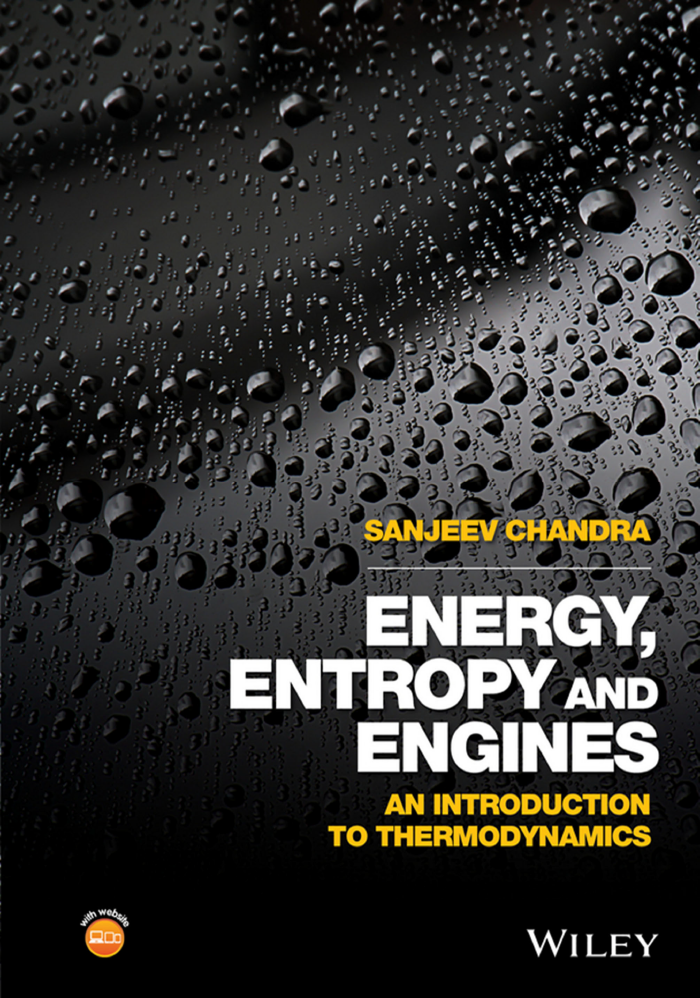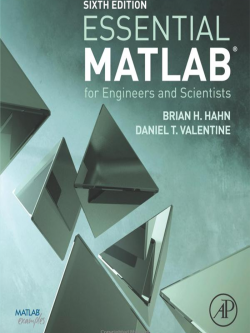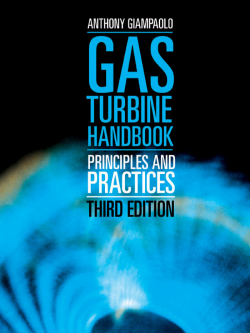Description
This book is a text for teaching a one‐semester, introductory engineering thermodynamics course. Its most important goal is to make students understand the meaning of fundamental concepts such as energy, entropy, equilibrium and reversibility, which form the foundation of engineering science. It uses simple, direct language and relies on physical rather than abstract, mathematical definitions. Every new concept is introduced starting from first principles, and only after explaining why it is necessary.
Thermodynamics is different from most other engineering courses, in that it expects students to grasp an entirely new concept, entropy, which they have never encountered before. Traditional thermodynamics texts resort to giving a purely mathematical definition of entropy, and students learn to use the property for solving problems without ever forming a physical picture of what it means. This book introduces entropy by combining macroscopic definitions with statistical descriptions based on the energy distribution of molecules. Readers are not expected to learn statistical mechanics but use analogies to acquire an intuitive grasp of the concept of entropy and understand why the second law of thermodynamics is a result of the laws of probability.
Chapters 1 to 3 are intended for students to read on their own, with only selected portions being discussed in lectures. Chapter 1 describes how thermodynamics grew out of attempts to understand and improve steam engines and puts the first and second laws in context. It is useful in motivating the study of thermodynamics and explaining why it is such a fundamental part of science and engineering. Most students will already be familiar with some of the material covered in Chapters 2 and 3, including Newton’s laws, the definitions of kinetic and potential energy, molar quantities and the ideal gas equation and can review these sections independently.
Thermodynamics textbooks typically start, immediately after the introduction, by teaching how to read tabulated properties of saturated liquids and vapours. Students are immediately overwhelmed by terms such as internal energy and enthalpy before they understand how these properties are used, and they are left with the impression that thermodynamics is largely an exercise in reading tables and charts. In the first six chapters of this book, while students are still becoming familiar with the laws of thermodynamics, there is no discussion of phase change. Once the second law has been understood liquid–vapour mixtures are treated as systems in equilibrium that can be analysed using the laws of thermodynamics. Chapter 7 starts with a brief discussion of the chemical potential and the Clausius–Clapeyron equation. Covering this material takes only one or two lectures and makes it much easier to understand phase equilibrium and the significance of property tables. However, if instructors prefer not to include it, it is possible to omit the relevant sections (Sections 7.3–۷.۷) without any loss of continuity.
It should be possible to cover the entire book in a one‐semester introductory course that teaches the fundamentals of thermodynamics and their application in the analysis of heat engines and refrigerators. A slower paced course may leave out discussions of exergy (Section 6.14) and review only a selection of the engine and refrigeration cycles described in Chapters 9 and 10.





